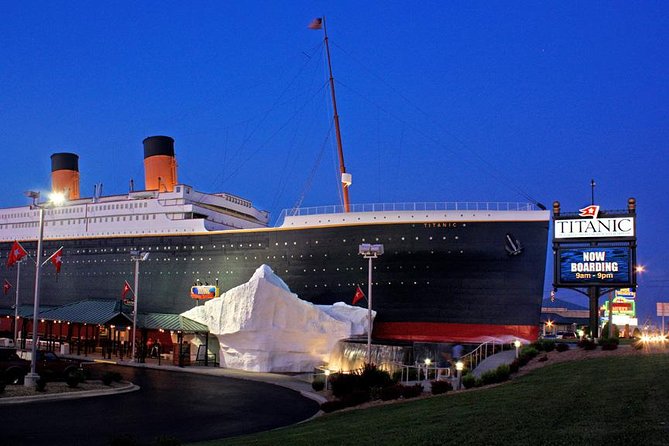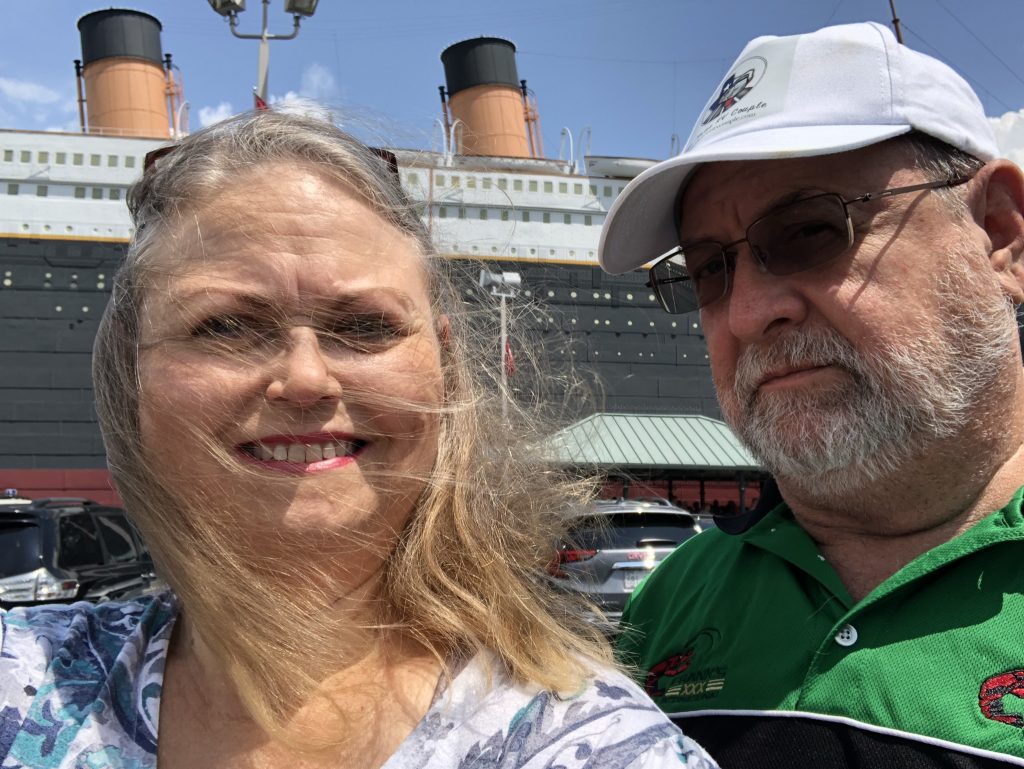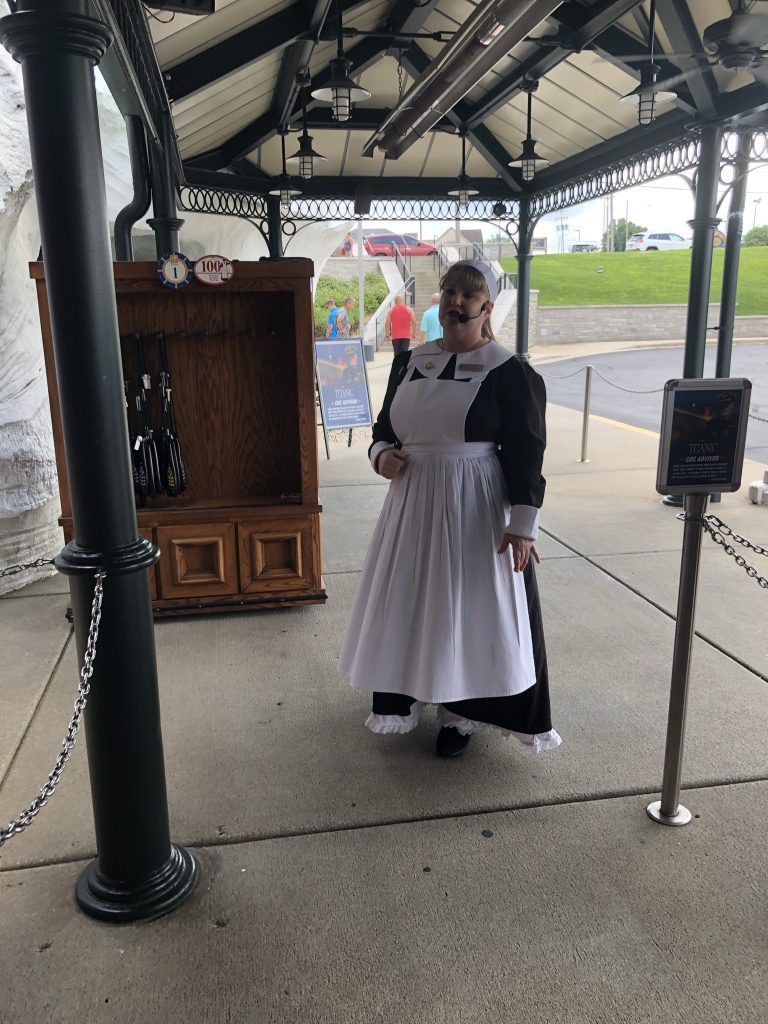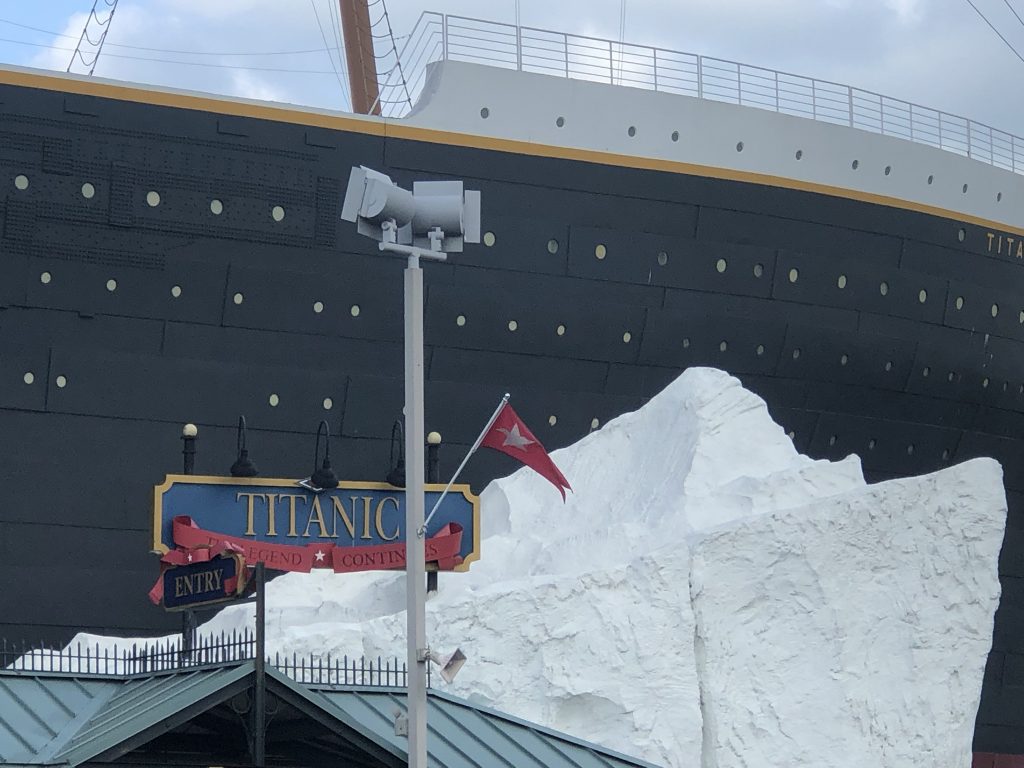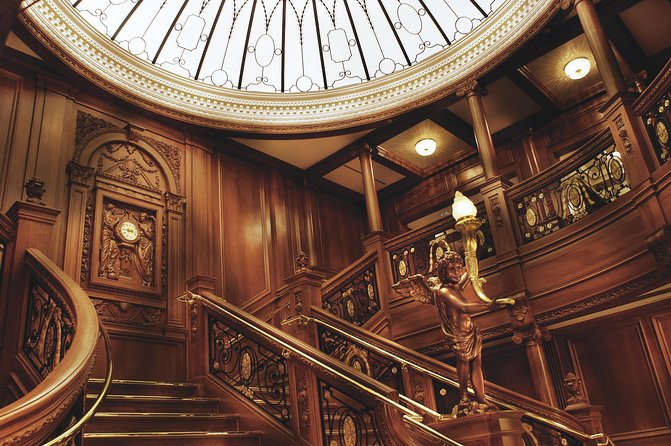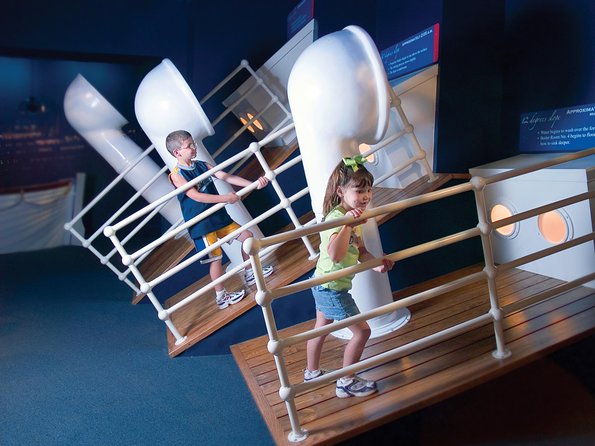All of us of a “certain age” have heard of Laura Ingalls Wilder. We know her via her books, or the television series based on her books. My introduction to Laura Ingalls Wilder occurred in elementary school. We only had one TV in our home, and it only had two channels, ruled by my father. (We lived in the country and only had a TV antenna.) Therefore, if we didn’t want to watch what was decided by our father, we read. Also, I could be a little talkative in school (go figure), and the teachers soon learned that I always finished my work early and was tempted to talk. The surest way to keep me occupied was to let me read my library book. In the fourth grade, the teacher and I had a kind of “telepathic” system. I would look up after I finished my work, catch her eye, and she would nod. Leaving the room with my library book from the day before, I would go across the hall, turn it in and pick out another. After returning to the classroom, I would immediately become engrossed in my new book. I usually went through a book a day. I read most of the history-oriented novels in the library. Thus, my love for history and reading kept me out of trouble at school and introduced me to Laura Ingalls Wilder. Of course, I read all her books and I read them all before the fourth grade.

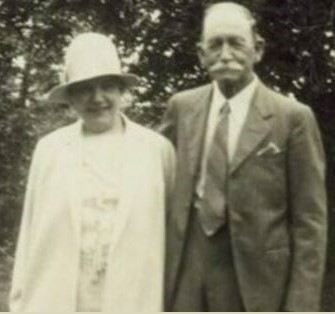
Laura Ingalls Wilder had one child, a daughter – Rose Wilder Lane. I remember reading a small book she had written about her mother, but I just thought she was “riding on her mother’s coat-tails” so to speak. When we visited the Laura Ingalls Wilder Home in Mansfield, MO, I found out I was so wrong about Rose. In fact, Rose became well-known / famous before her mother started writing her books and it was Rose that encouraged her mother to write down the stories from her childhood.


An interesting note, Rose Wilder finished her high school education while staying with her aunt – Eliza Jane Wilder in Crowley, Louisiana in 1904. She was able to learn three years of Latin in one year and graduated at the top of her class of seven students. Due to her parents’ financial situation, Rose Wilder was not able to attend college. She did work as a telegraph operator in Mansfield, MO, Sedalia, MO, Kansas City, Indiana, and California. While in California, she married Claire Gillette Lane and became pregnant. However, the baby boy was a stillborn and she was unable to have any more children. While living a nomadic lifestyle with her husband, Rose was a voracious reader and taught herself several languages. In 1908, she began her writing career by writing occasional freelance newspaper jobs to earn extra money. In 1915, Rose served as an editorial assistant for the San Francisco Bulletin. However, her talents were not limited to editing and she began writing and had her photo and byline writing romantic serials that were published for weeks at a time. Rose even wrote firsthand accounts about the lives of Herbert Hoover, Henry Ford, Jack London, and Charlie Chaplin that were published. While her new career was flourishing, Rose and her husband amicably divorced in 1918.

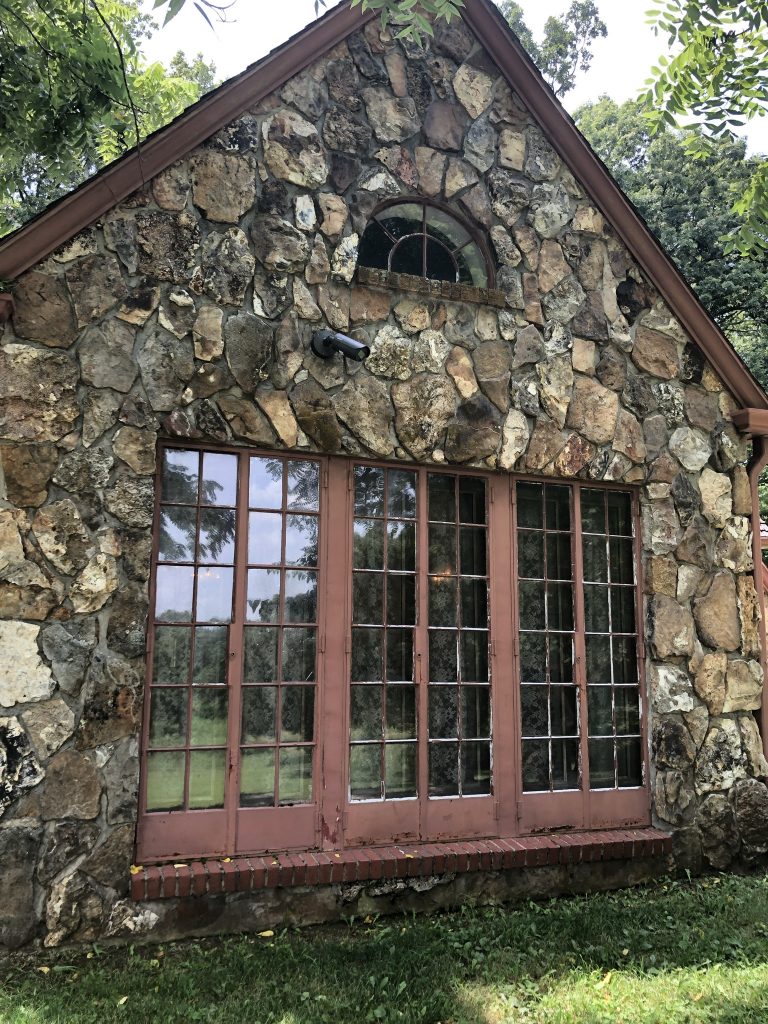
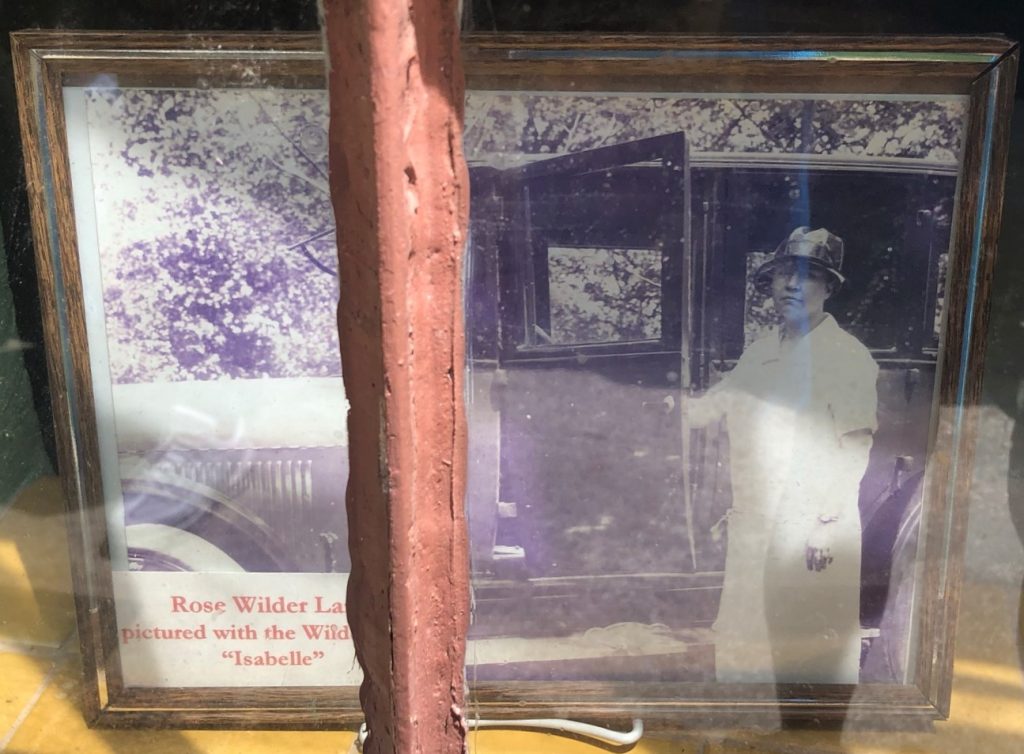
By the late 1920s, Rose Wilder Lane was “reputed to be one of the highest-paid female writers in America.” She also had a growing interest in world history and politics. Rose easily found work as a “silent’ editor or “ghostwriter” for other writers in order to earn extra money. She was known for being generous with her friends and family building a new home for her parents. Today, known as the “Rock House,” it started out as a mail-order Sears & Roebuck house, but she had it customized and added electricity. One series of articles she sold paid for the house and its customization. She even bought a car for her parents and taught her mother to drive it. She went on to modernize her parents’ farmhouse for her own use. When you visit the Laura Ingalls Wilder home, you will see the farmhouse and the home that Rose had built for her parents.
After WWI, Rose Wilder Lane worked as a traveling war correspondent and worked with the American Red Cross through 1965. She wrote for The Pittsburgh Courier, the most widely read black newspaper of the time from 1942-1948. She advocated anti-racism and laissez faire politics which lead to her being influential in the libertarian movement. In fact, Rose Wilder Lane, Isabel Patterson, and Ayn Rand have been called the “founding mothers” of the American Libertarian Movement. Rose returned to commercial writing when she reported from Vietnam for Woman’s Day magazine at the age of 78.
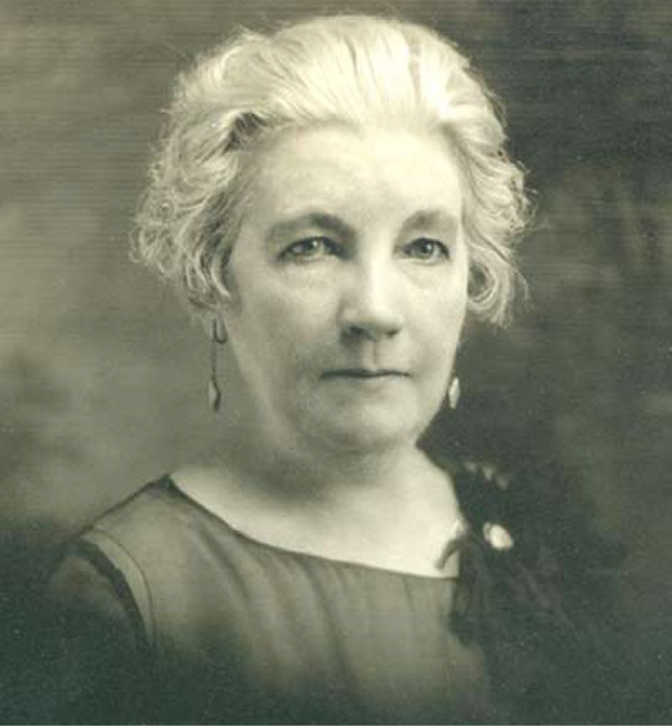
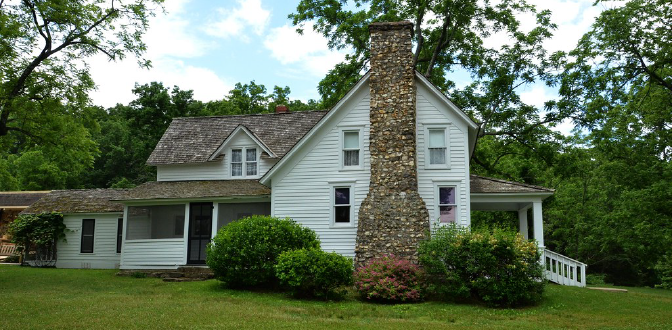
While I made the visit to learn more about Laura Ingalls Wilder, I realized I already knew so much about her due to her books. It was Rose Wilder Lane that caught my attention and piqued my interest. It was through her connections that Laura Ingalls Wilder was published, which inspired many young girls through the years in her books, and even more in the TV series inspired by the books. I do believe that I will be adding Rose Wilder Lane’s writings to my list of “to read.” I hope you will check out the Laura Ingalls Wilder home in Mansfield, Missouri and that you will learn more about her daughter – Rose Wilder Lane.
Until next time,
Beth Cervenka
Come Explore with Us!

